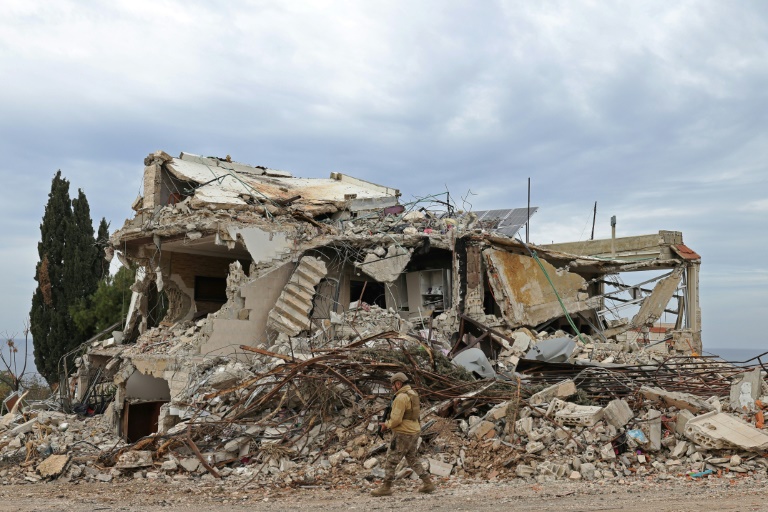As Delhi faces an escalating air pollution crisis, the idea of cloud seeding, or artificial rain, has been proposed as a potential short-term solution to improve the city’s hazardous air quality. The air quality index (AQI) in Delhi has remained in the “severe plus” category for several days, with AQI readings consistently surpassing 450, signalling extreme pollution levels.
In response to this, Delhi Environment Minister Gopal Rai has called on the Central government for assistance, urging Prime Minister Narendra Modi to facilitate the use of cloud seeding to help mitigate the growing pollution problem. The Delhi government has been exploring cloud seeding as a possible method to reduce the harmful effects of air pollution.
What is cloud seeding or artificial rain?
Cloud seeding is a weather modification technique designed to increase precipitation by introducing specific substances into clouds, encouraging the formation of rain or snow. Common materials used in the process include silver iodide, potassium iodide, and dry ice. These substances act as nuclei around which water droplets can form, potentially enhancing precipitation.
Cloud seeding can be carried out using various methods, such as aircraft, ground-based generators, or even rockets. In the context of air pollution, the primary goal is to “wash away” pollutants from the atmosphere. The theory is that increased rainfall could help settle dust, particulate matter, and other airborne pollutants, providing temporary relief from the city’s dangerous air quality.
The Indian Institute of Technology (IIT) Kanpur has proposed a cloud seeding project to the Delhi government, estimating the cost of the initiative at about Rs 1 lakh per square kilometre.
Is artificial rain effective?
The effectiveness of cloud seeding in improving air quality remains a point of debate among scientists. Some studies suggest that cloud seeding can modestly increase rainfall, but the impact on air pollution is less clear. While it may help temporarily reduce particulate matter in the air, it does not address the root causes of pollution, such as industrial emissions, vehicle exhaust, and construction dust.
Experts caution that cloud seeding should not be viewed as a permanent solution to Delhi’s air quality issues. The technique is not universally effective and depends on certain atmospheric conditions, such as the presence of clouds with sufficient moisture. Given Delhi’s current weather patterns, experts note that the likelihood of successful cloud seeding operations may be limited.
Additionally, there are environmental concerns about the long-term effects of introducing chemicals into the atmosphere. Some experts argue that cloud seeding may have unintended consequences and that efforts should be focused on reducing emissions and enforcing stricter pollution control measures rather than relying on technological fixes.
Future of cloud seeding in Delhi
As Delhi continues to search for ways to combat its persistent air pollution, cloud seeding remains an area of interest, though its role in providing lasting solutions is uncertain. While it might offer short-term relief by temporarily clearing the air, experts emphasise that addressing the root causes of air pollution through long-term strategies is crucial for sustainable improvement in the city’s air quality.
Also Read| NASA ensures nutritional adequacy for astronauts despite limited fresh food on the ISS







